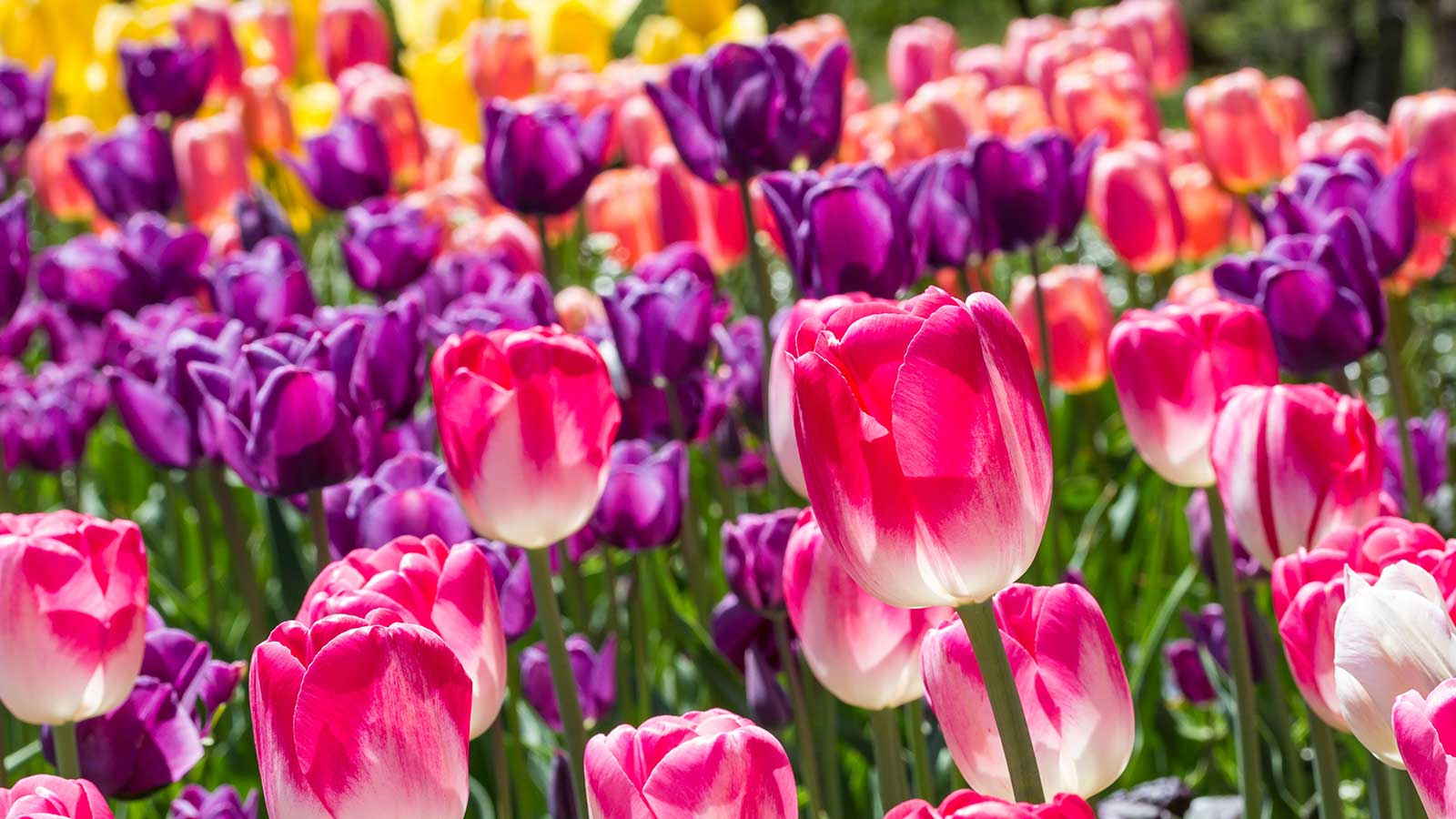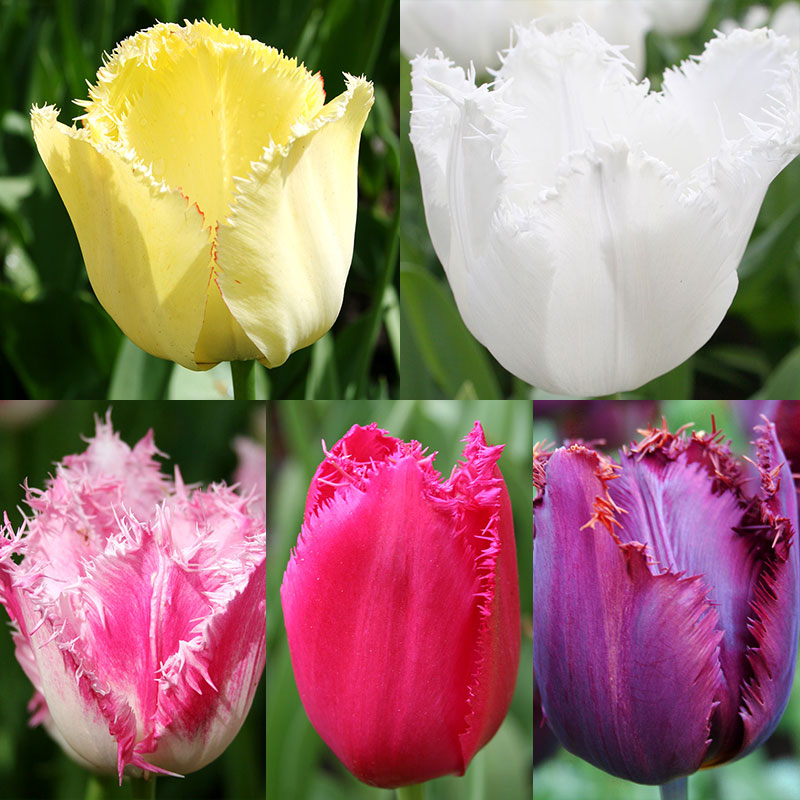Why Tulip Aftercare Matters
Proper care for tulips after they finish blooming is crucial for their overall health and longevity. When considering what to do with tulips after flowering, it’s essential to prioritize their post-bloom care. This period is critical in promoting healthy growth, preventing disease, and encouraging re-blooming. By investing time and effort into tulip aftercare, gardeners can enjoy their beautiful blooms for years to come. In fact, with the right techniques, some tulip varieties can come back year after year, providing a stunning display of color and vibrancy in the garden. By understanding the importance of tulip aftercare, gardeners can take the necessary steps to ensure their tulips remain healthy and thriving.
Deadheading: The First Step in Tulip Aftercare
Deadheading is a crucial step in tulip aftercare, and it’s essential to understand what to do with tulips after flowering. This process involves removing the spent blooms from the plant, which serves several purposes. Firstly, it directs the plant’s energy towards re-growth and bulb development, rather than seed production. This ensures that the tulip bulb stores energy for next year’s bloom, rather than expending it on seed production. Secondly, deadheading prevents the spread of disease, as spent blooms can harbor fungal spores and bacteria. To deadhead tulips, simply snip off the faded blooms at the base of the stem, making sure not to damage the foliage or stem. This simple yet effective technique is a vital part of tulip aftercare, and it sets the stage for a healthy and thriving plant.
How to Cut Back Tulip Foliage
After deadheading, the next step in tulip aftercare is to cut back the foliage. This process is crucial for what to do with tulips after flowering, as it allows the bulb to store energy for next year’s bloom. The best time to cut back tulip foliage is when it starts to yellow and die back naturally, usually around 4-6 weeks after blooming. To cut back the foliage, simply trim the leaves to within an inch or two of the ground, using clean and sharp scissors or pruning shears. Be careful not to damage the bulb or any emerging new growth. It’s essential to avoid cutting back the foliage too early, as this can weaken the bulb and reduce the chances of re-blooming. By cutting back the foliage at the right time, gardeners can promote healthy growth, prevent disease, and encourage their tulips to come back year after year.
Nourishing Your Tulips: Fertilization and Watering
After tulips finish blooming, it’s essential to provide them with the necessary nutrients to promote healthy growth and encourage re-blooming. Fertilizing and watering are critical components of tulip aftercare, and understanding what to do with tulips after flowering can make all the difference. When it comes to fertilizing, a low-nitrogen, high-potassium fertilizer is ideal, as it promotes bulb development and root growth. Apply the fertilizer according to the manufacturer’s instructions, taking care not to over-fertilize, which can damage the plant. Watering is also crucial, but it’s essential to avoid over-watering, which can lead to rot and disease. Water the tulips regularly, but make sure the soil drains well to prevent waterlogged soil. By providing the right nutrients and watering correctly, gardeners can give their tulips the best chance of thriving and coming back year after year.
Divide and Conquer: Tulip Bulb Division
Dividing and replanting tulip bulbs is an essential step in tulip aftercare, especially when it comes to what to do with tulips after flowering. This process allows gardeners to propagate new tulips, increase their bulb stock, and maintain the health of their existing bulbs. The best time to divide tulip bulbs is in the summer, after the foliage has died back and the bulbs are dormant. To divide the bulbs, carefully dig them up, making sure to get as much of the bulb and roots as possible. Gently separate the bulbs, taking care not to damage them, and replant the new bulbs in well-draining soil with the correct spacing. Water the newly planted bulbs well and keep the soil moist during the first growing season. By dividing and replanting tulip bulbs, gardeners can enjoy an abundance of beautiful blooms for years to come.
Storing Tulip Bulbs: A Step-by-Step Guide
After the tulip foliage has died back, it’s essential to store the bulbs properly to ensure they remain healthy and ready to bloom again next year. When it comes to what to do with tulips after flowering, storing the bulbs is a critical step in tulip aftercare. To store tulip bulbs, start by gently digging them up, making sure to get as much of the bulb and roots as possible. Next, dry the bulbs in a warm, dry place with good air circulation for 2-4 weeks. This will help to prevent rot and disease. Once the bulbs are dry, clean them by gently brushing off any dirt or debris. Finally, store the bulbs in a paper bag or breathable container in a cool, dry place until fall, when they can be replanted. By following these steps, gardeners can keep their tulip bulbs healthy and thriving, and enjoy beautiful blooms for years to come.
Tulip Varieties: Which Ones Come Back Year After Year?
When it comes to what to do with tulips after flowering, understanding the different types of tulips can make a big difference in their ability to re-bloom. Some tulip varieties are more likely to come back year after year, while others may require more maintenance. Darwin Hybrids, Fosteriana Tulips, and Greigii Tulips are all known for their ability to naturalize and re-bloom annually. These varieties tend to be more low-maintenance and can thrive with minimal care. On the other hand, some tulip varieties, such as Parrot Tulips and Viridiflora Tulips, may require more attention and care to encourage re-blooming. By choosing the right tulip variety for their garden, gardeners can enjoy beautiful blooms for years to come with minimal effort. Additionally, understanding the specific needs of their tulips can help gardeners tailor their post-bloom care to ensure the best possible results.
Common Mistakes to Avoid When Caring for Tulips
When it comes to what to do with tulips after flowering, many gardeners make common mistakes that can hinder the health and longevity of their tulips. One of the most common mistakes is over-watering, which can lead to rot and disease. Under-fertilizing is another mistake that can prevent tulips from getting the nutrients they need to thrive. Neglecting to deadhead tulips is also a common error, as it allows the plant to focus its energy on seed production rather than re-growth. Additionally, failing to store tulip bulbs properly during the summer months can cause them to deteriorate and reduce their chances of re-blooming. By being aware of these common mistakes, gardeners can take steps to avoid them and provide their tulips with the care they need to thrive. With proper care and attention, tulips can provide beautiful blooms for years to come.








